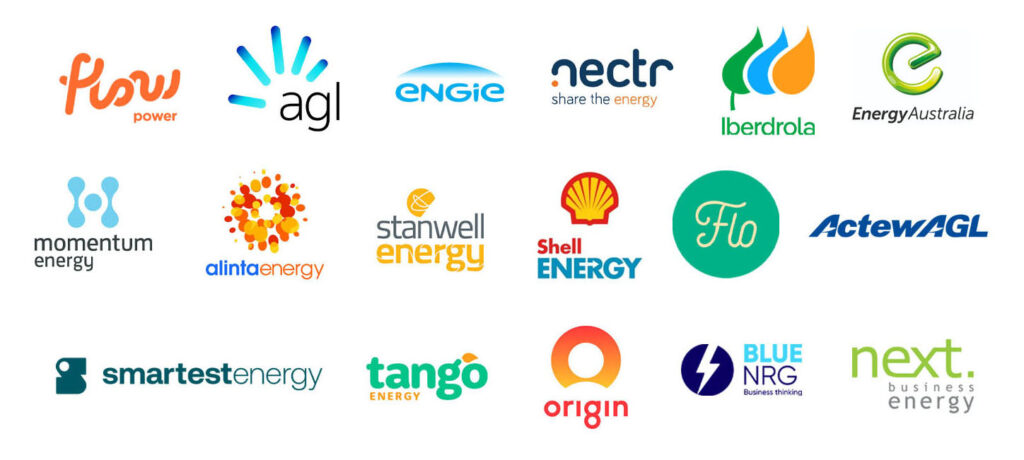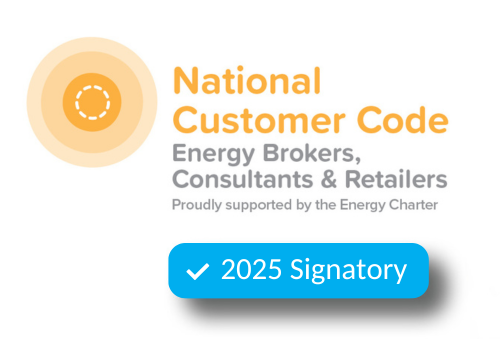
The state of Victoria recently experienced an increase in network charges, a change that concerns energy consumers, including manufacturers which typically have significant requirements to power their business operations.
To explain, every year on July 1st, the electricity network providers in each state release their updated network tariff rates.
Network charges are a pass-through cost delivered to businesses via their electricity retailer.
Large market energy users will see these charges listed in full on their bills, while small market energy users will not see them directly as they are wrapped up in the retailers’ bundled rate plans. Regardless, increases in network charges will cause small-market retail plans to increase to account for higher pass-through costs.
To help our clients understand the impact of network increases, Leading Edge Energy provides businesses with a Network Rate Analysis that highlights the change in rates over the past 3 years, as well as emphasises the actual cost impact to the business.
As such, many manufacturers in Victoria are seeing increases of up to 19% to their network supply costs, which typically already has the largest weight on an electricity bill.
Why Large Businesses Face Annual Increases in Electricity Network Charges
As of July 1st, 2024, large businesses in Victoria are experiencing an increase in electricity network charges from providers such as United Energy, Ausnet, Jemena, Powercor, and CitiPower. These charges, which represent a substantial portion of your electricity bill, are revised annually for the period from July 1st to June 30th of the following year. Understanding the reasons behind these changes and how this year compares to previous ones can help large businesses better manage their energy costs.
Why Do Network Charges Change Every Year?
Network charges are adjusted yearly to reflect several key factors that impact the cost of delivering electricity to large business users. These factors include:
- Capital Investment: Network providers are continuously investing in the infrastructure required to support the delivery of electricity to large-scale operations. This includes maintaining and upgrading the grid, as well as expanding it to meet the growing energy demands of large businesses.
- Regulatory Compliance: Compliance with regulatory standards, which can evolve each year, often necessitates additional costs that are passed on to consumers through higher network charges.
- Inflation and Rising Operational Costs: Like any industry, network providers face rising costs due to inflation and other operational pressures, which are reflected in the annual adjustment of charges.
- Demand Dynamics: Changes in the electricity demand, particularly from large industrial users, influence the costs incurred by network providers. Shifts towards renewable energy and other sustainable practices also play a role in these adjustments.
Recent Price Trends for Large Businesses
Over the past few years, large businesses have consistently seen increases in network charges, with the trend continuing into 2024. The upward pressure on these charges is largely driven by ongoing investments in grid modernization and the integration of renewable energy sources, which require substantial capital expenditure.
For the 2024-2025 period, total network charges for large businesses have increased by approximately 6.5% to 18.9% compared to the previous year, depending on the specific usage patterns and demands of the business. These increases are part of a broader trend that has seen cumulative costs rise steadily over the past few years, placing a greater emphasis on the need for effective energy management strategies.
Network Rates Analysis
Our team can provide you with network rates analysis to better understand how the recent adjustment in Victoria’s network charges may impact electricity bills for C&I businesses like manufacturing companies and the like, thus allowing you to make informed and empowered decisions for managing your energy costs.
What Large Businesses Can Do
For large businesses, understanding these annual changes is crucial for effective energy cost management. Being aware of these adjustments allows for better budgeting and financial planning. Additionally, exploring strategies such as energy efficiency improvements, demand management, and renegotiating contracts with energy retailers can help mitigate the impact of rising network charges.
Staying informed and proactive is key to managing your business’s energy costs in the face of these annual increases.
Energy Savings Projects
Given the network charge increase in Victoria, it may be time to consider integrating an energy savings project into your business energy strategy, especially if your business requires large electricity consumption such as in manufacturing. Let Leading Edge Energy assist you in determining energy efficiency upgrades that can help reduce costs and improve savings without risking your operations.
Network Tariff Reviews
Each network provider has a large number of network tariffs assigned to a supply point based on the supply type, the annual usage, and/or maximum demand.
Most businesses believe that network tariffs are set in stone and that there is no option to change.
Correct? No.
Businesses often have more than one tariff option available to them, therefore the alternative tariff could present savings. For example, this could be moving from a demand-based tariff to a non-demand-based tariff.
Furthermore, a business’s energy usage patterns will often change over time (change of operations, installing solar, new machinery, etc). Businesses that reduce their energy usage will often unlock access to different new network tariffs. Leading Edge regularly works with clients to guide them through energy-saving projects to access lower-cost network tariffs. This could see the return on investment for solar projects reduced from 6 to 3 years.
Free Network Tariff Reviews
Our goal at Leading Edge Energy is to ensure that our clients are empowered with the correct data needed to make informed decisions for their commercial and industrial businesses’ energy strategies. One way we can do this is by offering free network tariff reviews which may help them find opportunities that may open the door for discussing energy-saving projects and the like.
You may learn more about network tariffs here.
We source, analyse, compare and rank commercial, industrial and multisite energy quotes. Obligation Free.
Chat with one of our experienced consultants today and get the insights your business needs to help manage the risks associated with volatile electricity and natural gas markets. Our energy procurement service is obligation-free and provides a time-saving way of securing lower energy rates from our panel of energy retailers.

Get advice from our Energy Management Consultants

Ewen Beard
Sales Manager
Get in Touch
Feel free to call or e-mail us. Or just fill in the form below and we’ll contact you for an obligation-free discussion.
Are you ready to save on business energy costs?
Get Started
Leading Edge Energy is proud to be a signatory of the National Customer Code for Energy Brokers, Consultants and Retailers.